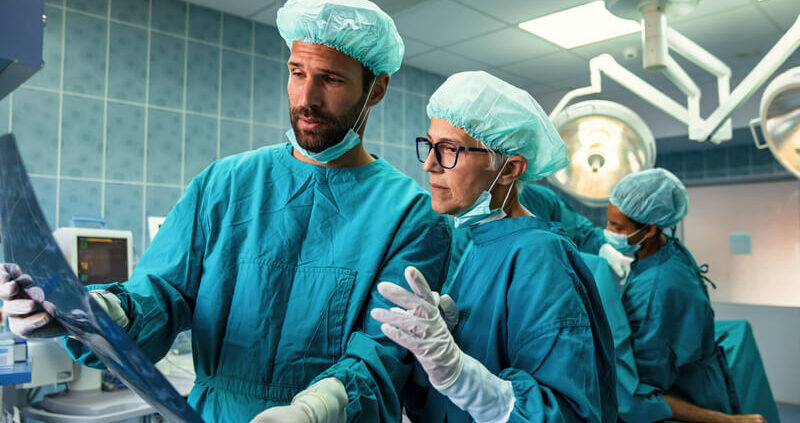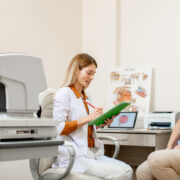Best Patient Safety Essentials For Medical Practices

Running a medical practice is a responsibility, whether you serve a few dozen patients in a dental clinic or treat thousands in a hospital. Either way, you must ensure top-notch care and safety for your patients. Both go hand in hand in delivering a quality experience to everyone who steps in and trusts your expertise for treatment. Fortunately, safety in clinical settings does not require expensive technology and advanced solutions. Covering the basics is enough, but you can go a notch higher with creative solutions. Here are the best patient safety practices essentials medical practices must embrace.

Identify patients correctly
Maintaining health records is an integral element of the core operations of medical practices. But it can get complicated for hospitals and clinics handling massive foot traffic daily. The risk of mixing information runs high, so you must implement a robust patient identification system. Pick one that uses multiple information, such as name, age, and date of birth. Reliable identification prevents errors in medication and treatment in the long run.
Several healthcare providers even use touchless patient identification platforms like RightPatient – which uses biometrics to identify patient records accurately. RightPatient prevents medical identity theft, enhances patient safety, and improves healthcare outcomes.
Use medicines cautiously
Another best practice clinics and hospitals should not overlook using medicines cautiously. Establish a system for labeling all drugs, devices, syringes, and measuring cups. Medication records are equally vital because providers must ensure that additional medicines do not conflict with the current ones. The smallest error in this context can cause dire complications for patients and expose the facility to negligence lawsuits. Even worse, it can hurt the reputation of the organization.
Provide emergency treatment
Medical practices should be capable of handling emergencies because timely care can prevent complications for patients. In fact, it can even be life-saving in some situations. You must have adequate equipment and providers on board, whether you need to tend to accident victims in your hospital or address an oral emergency in a dental clinic. No emergency is insignificant, regardless of how small it seems. Being there for patients breeds trust and credibility for a facility.
Ensure safety by design
Hospitals and intensive care departments must go the extra mile with safety by design because patient falls are a risk for these organizations. Falls can cause severe injuries that dramatically increase health care costs and extend a patient’s stay. You can prevent such mishaps by implementing proven designs for rooms and bathrooms. Setting up decentralized nurses’ stations allows proactive observation and access to patients. Providers can reach them without delay when they need help.
Avoid surgical errors
Surgical errors are perhaps the most daunting risk a patient may encounter in clinical settings. Such lapses can also tarnish the reputation of providers and hospitals for good because they entail medical malpractice lawsuits. Medical facilities must do their best to prevent wrong-person, wrong-site, and wrong-procedure risks during surgeries. The best way to do it is by setting up a system where team members independently verify impending procedures.
Patient safety is the mainstay of a healthcare organization’s trust, credibility, and success. While nothing matters as much as a caution, these tips can take your clinic or hospital a step ahead with safety expectations.









Leave a Reply
Want to join the discussion?Feel free to contribute!